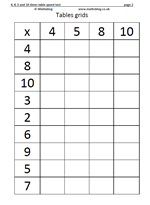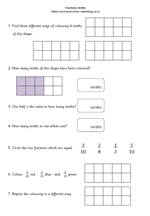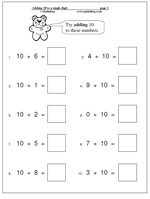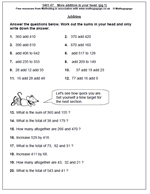 School lessons have traditionally been in blocks of around 40 minutes to an hour, but this is not necessarily the best way to learn, especially to develop long term memory. When doing work at home you could adopt a different approach; one such method is called ‘Spaced Learning’.
School lessons have traditionally been in blocks of around 40 minutes to an hour, but this is not necessarily the best way to learn, especially to develop long term memory. When doing work at home you could adopt a different approach; one such method is called ‘Spaced Learning’.
Monkseaton School has been pioneering this method with great success. The core of the method is to have three highly stimulating sessions separated by two ten minute gaps. So a typical Spaced Learning session would look like this:
1. Stimulating key fact/explanation by the teacher + presentation (powerpoint etc)
2. 10 minute break to do some physical activity
3. Repeat of the first high powered session
4. 10 minute break for more physical activity
5. Repeat first session again.
The 10 minute breaks are crucial and during this time the students must not stimulate the brain pathways being formed: hence the physical activity where they would be thinking about something else.
The theory behind spaced learning comes from neuroscience, in particular a US scientist called Douglas Fields and his research into what stimulated long-term memories in the brains of rats. The key seems to be that brain cells need to be stimulated and then not stimulated in a particular pattern. The length of the stimulation was not important but the length of the gap between stimulations was. 10 minutes appears to be the optimum time.
Obviously this would not always be an appropriate way of learning, but it certainly has advantages when there is a need to pack a lot of information in a short period of time, such as revision time. It seems to work at Monkseaton High: could it work in your home?
Find out more
 Tension is rising as the clock runs down towards this year’s World Maths Day. With just four days to go it’s not too late to sign up for the 4th March.
Tension is rising as the clock runs down towards this year’s World Maths Day. With just four days to go it’s not too late to sign up for the 4th March.





